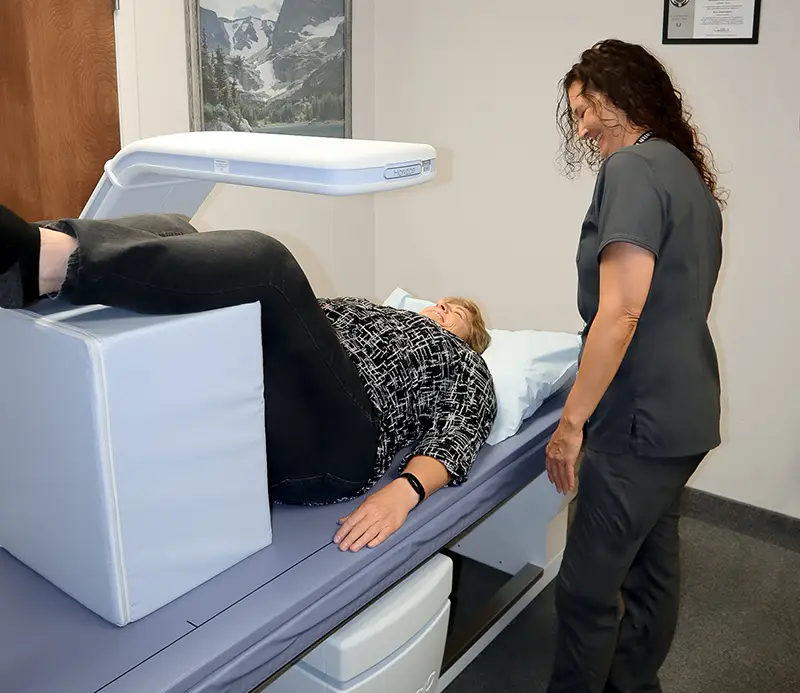
Osteoporosis is a common condition characterized by weak and brittle bones, which makes individuals more prone to fractures. It is often referred to as a “silent disease” because it progresses without symptoms until a fracture occurs. Osteoporosis is a major public health concern which affects millions of people worldwide. However, with the proper screening tools and treatment, it is possible to significantly reduce the risk of future fractures and improve quality of life.
Osteoporosis can lead to fractures, particularly of the hip, spine, and wrist, and could result in chronic pain, disability, and even premature death. Hip fractures are especially concerning because they often require surgery, prolonged recovery times and chronic pain which underscores the importance of increased awareness, early screening and effective treatment.
Screening for osteoporosis is crucial for early diagnosis and prevention of fractures. The best way to screen for osteoporosis is with a dual-energy X-ray absorptiometry (DEXA) scan which measures the density of bones. This scan is non-invasive and painless with appointments generally lasting 30 minutes.
Who should get a DEXA scan?
- Postmenopausal women aged 65 and older: Women are at higher risk of osteoporosis due to decreased estrogen levels after menopause which leads to accelerated bone loss.
- Postmenopausal women aged 50-69 with risk factors: Risk factors include a family history of osteoporosis, smoking, excessive alcohol use, or prolonged glucocorticoid (steroid) use.
- Individuals with a history of fracture with minimal trauma: A fracture in adulthood that was caused by minimal injury or trauma can be a sign of low bone density.
The cost of a DEXA scan varies. Many insurance plans, including Medicare, cover the cost of a DEXA scan for individuals who qualify based on the criteria stated above. It’s important to check with your healthcare provider or insurance company to determine coverage.
Osteoporosis can be prevented by maintaining healthy lifestyle habits including regular weight bearing exercises like walking and jogging, a well-rounded diet that includes adequate calcium and vitamin D, avoiding smoking and excessive alcohol consumption, and avoiding (if possible) prolonged use of certain medications such as steroids. Once osteoporosis is diagnosed, treatment aims to prevent and reverse bone mineral loss by implementing lifestyle changes as well as starting medication designed to increase bone density. The most common of these medications are bisphosphonates. Traditionally, bisphosphonates such as Fosamax have been a daily oral medication. Recently, a newer IV bisphosphonate medication called Reclast (Zoledronic Acid) has helped increase the ease of these treatments as it is administered once annually by IV infusion. These medications are a convenient and effective way to slow bone loss, increase bone density, and reduce risk of fractures.
Osteoporosis is a serious, yet manageable condition. By raising awareness of the importance of screening with DEXA scans, advocating for healthy lifestyle changes, and treatment options like Reclast injections, we can empower individuals to change their bone health, reduce their risk of developing osteoporosis, and decreasing their fracture risk.
– Evan Tayler, DO is a provider at Health West ISU. He graduated from the University of Utah where he majored in Spanish Language and a minor in history. During undergrad, he met his wife Brooklyn, a Las Vegas native. He attended medical school at PNWU in Yakima, Washington. He plans on practicing full-scope family medicine in a rural community where they can enjoy easy access to the great outdoors and all of its recreational opportunities. He is an avid cyclist and skier but enjoys any activity that gets him outside with his family.








